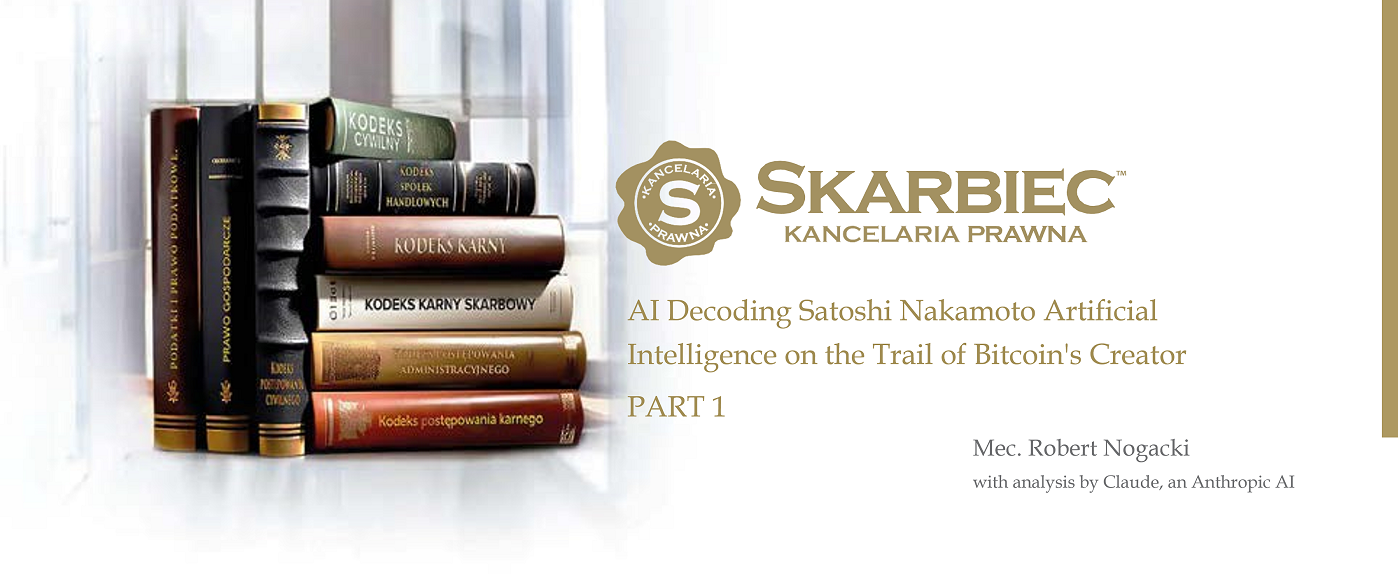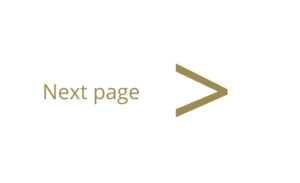
American or British? Analyzing Regional Language Patterns in the Bitcoin Whitepaper
Chapter 10
The Bitcoin whitepaper presents an intriguing linguistic puzzle when examined for markers of British versus American English. While it contains clear American spelling conventions, the document’s overall style suggests a more complex linguistic background rooted in European academic traditions.
10.1. American Spelling Conventions
At first glance, the document appears to follow American English conventions. The author consistently uses American spelling patterns, choosing “disk” over the British “disc” and employing “program” rather than the British “programme.” The text also follows American conventions in using periods for decimals rather than commas, and consistently employs “-ize” endings (as in “characterized” and “minimized”) instead of the British “-ise” preference.
However, these American conventions may reflect the document’s technical nature more than the author’s background. In computer science and technical writing, American spelling conventions often serve as the de facto international standard, particularly in documentation related to computing and technology.
10.2. European Academic Influence
Looking beyond basic spelling conventions, the document’s structure and style align more closely with European academic traditions than either American or British conventions. The writing demonstrates a formal academic tone that exceeds typical American technical writing standards. The systematic organization, precise technical language, and methodical explanation structure mirror European academic conventions.
The document’s overall architecture follows European academic paper formatting rather than American or British styles. This is particularly evident in how mathematical proofs are presented and how references are formatted, adhering to international academic standards rather than US-specific citation formats.
10.3. Cultural and Regional Neutrality
Perhaps most telling is the document’s careful avoidance of cultural markers. The author employs very few cultural references, and when metaphors appear, they remain universally accessible. The gold mining metaphor, for instance, transcends specific cultural contexts. Notably absent are any idioms or expressions specific to American or British English, suggesting deliberate maintenance of cultural neutrality.
The technical terminology further reinforces this international orientation. The author consistently employs standardized technical terms recognized across the international cryptography community while avoiding region-specific technical jargon. This careful word choice creates a document accessible to a global technical audience.
10.4. International Academic Style
The overall writing style suggests someone educated in the European academic system but writing for an international audience. The author appears to deliberately avoid regional markers while maintaining formal academic precision. This internationalized approach manifests in several ways:
The formal academic tone exceeds both American and British technical writing conventions, suggesting European university training. The systematic organization and methodical explanation structure align with European academic traditions, while the technical language remains consistently international in scope.
Most notably, the author achieves a careful balance between technical precision and global accessibility, suggesting someone consciously writing for an international academic audience rather than any specific regional readership.
10.5. Conclusions about Author’s Background
This linguistic analysis suggests an author who:
– Received primary education in a European academic system
– Developed familiarity with international academic conventions
– Consciously avoided regional markers in their writing
– Aimed for maximum international accessibility
While the document uses American English conventions for technical terms and spelling, its deeper structural and stylistic patterns align more closely with European academic traditions. This suggests someone educated in a European system but comfortable with international technical writing conventions.
The deliberate cultural neutrality and careful avoidance of regional markers indicate an author conscious of writing for a global audience. This aligns with Bitcoin’s international aspirations and suggests someone experienced in international academic discourse rather than someone primarily educated in either the American or British system.
These patterns point to an author who likely received their primary technical education in Europe but has extensive experience with international academic writing. The use of American technical conventions likely reflects pragmatic choices for international accessibility rather than cultural or educational background.
This analysis adds another piece to our growing profile of Bitcoin’s creator: someone educated in European academic traditions but skilled at writing for an international technical audience, carefully balancing regional neutrality with technical precision.

Founder and Managing Partner of Skarbiec Law Firm, recognized by Dziennik Gazeta Prawna as one of the best tax advisory firms in Poland (2023, 2024). Legal advisor with 19 years of experience, serving Forbes-listed entrepreneurs and innovative start-ups. One of the most frequently quoted experts on commercial and tax law in the Polish media, regularly publishing in Rzeczpospolita, Gazeta Wyborcza, and Dziennik Gazeta Prawna. Author of the publication “AI Decoding Satoshi Nakamoto. Artificial Intelligence on the Trail of Bitcoin’s Creator” and co-author of the award-winning book “Bezpieczeństwo współczesnej firmy” (Security of a Modern Company). LinkedIn profile: 18 500 followers, 4 million views per year. Awards: 4-time winner of the European Medal, Golden Statuette of the Polish Business Leader, title of “International Tax Planning Law Firm of the Year in Poland.” He specializes in strategic legal consulting, tax planning, and crisis management for business.







